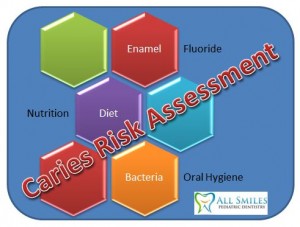Save your Heart by Brushing your Teeth
March 12th, 2020
According to a recent study published in the European Journal of Preventive Cardiology, toothbrushing multiple times a day can lower one's risk of heart disease.
Let's Dig Deeper
This study involved one hundred sixty thousand participants between the ages of 40-79 years, who were tracked over a ten year span. These individuals had no history of atrial fibrillation or heart failure at the the beginning of the study.
The study results were independent of factors such as age, gender, socioeconomic status, exercise frequency, alcohol consumption, and other behaviors that could damage the heart.
At the ten year followup evaluation, they there 4,911 participants who had developed atrial fibrillation and 7,971 developed heart failure.
Back to Basics
Anatomy of the Heart:
The heart has 4 chambers. The two upper chambers are called the atria. The two lower chambers are called ventricles. Oxygen-poor blood returns from the body and flows first into the right atrium then into the right ventricle. From here the blood gets oxygen from lungs. Now oxygen rich blood flows into the left atrium and then into the left ventricle. Now the blood is pumped out of the heart to the rest of the body. The atria and ventricles contract or "pump" blood in a coordinated way. Click here to see an animation by the American Heart Association.
What is Atrial fibrillation?
According to the American Heart Association, atrial fibrillation is noted by a quivering heart beat or irregular heart beat. This can lead to blood clots, stroke or heart failure. Click here to see an animation of Atrial fibrillation.
What is Heart Failure?
According to the American Heart Association, heart failure occurs when the heart is not pumping as effectively as it could be. The heart cannot keep up with its workload. Therefore, the body is not getting enough oxygen that it needs. This condition is a chronic continuous degradation of heart muscle that leads to worsening performance of the heart without medical intervention. Therefore, one common term that is associated with the ineffective heart, is congestive heart failure. Click here to seen an animation of heart failure.
Toothbrushing Benefits
According to this study, toothbrushing at least three times a day reduces one's risk of atrial fibrillation and heart failure. Researchers from this study believe that the mechanical action of the toothbrush against teeth help lower bacterial levels that are below the gum level before they enter the bloodstream.
Put this Concept into Practice
Brush your teeth after mealtimes. Parents, do this for your own health and then model this habit to your children. Children often will follow a parent's lead. Children who are too young to brush their own teeth should be assisted by a parent or guardian. Often I hear from parents that say that their child doesn't like to have their teeth brushed or won't tolerate it. When I ask the parent how often they brush their teeth, it is often less than two times a day. Please note that you are the parent. It is your responsibility to take care of your child. A child will protest all day long to avoid anything he or she doesn't like. Toothbrushing is one battle that you have to win, parents. For a toothbrushing refresher, head to our page on preventive care.
Toothbrushing is an effective way to not only help your teeth, but it can also reduce your risk for some heart diseases like atrial fibrillation and heart failure. Start today!
Dr. Allen Job, DDS, MS, MPH, MS is a board certified pediatric dentist who practices in San Diego, California, where he specializes in prevention. For more than a decade, served as assistant professor for the Department of Pediatric Dentistry at Loma Linda University School of Dentistry (LLUSD). He is currently an instructor at LLUSD.




